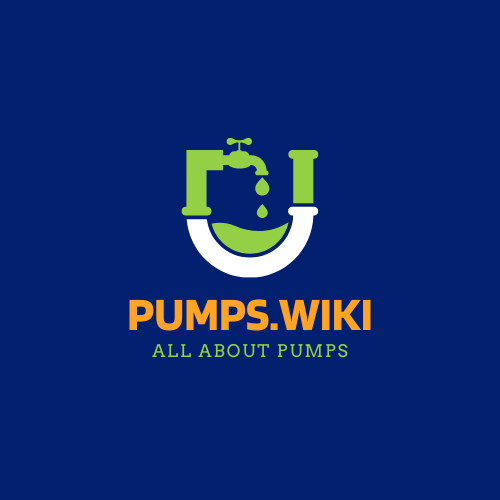Introduction to Sump Pump Check Valves
A sump pump check valve is a critical component in any basement water management system. This small but essential device prevents water from flowing back into the sump pit after the pump has discharged it, ensuring efficient and reliable water removal. In this comprehensive guide, we’ll explore every aspect of sump pump check valves, from their purpose to installation and maintenance.
What is a Sump Pump Check Valve?
A sump pump check valve is a one-way valve installed in the discharge pipe of a sump pump. Its primary function is to prevent water from flowing back into the sump pit after the pump has pushed it out. This prevents unnecessary strain on the pump and ensures more efficient water management.
Key Functions of a Check Valve
- Prevents water backflow
- Reduces pump cycling
- Protects pump motor from additional wear
- Maintains system efficiency
Why Are Check Valves Necessary?
Understanding the purpose of a check valve is crucial for homeowners. Without a check valve, water discharged by the pump can immediately flow back into the sump pit, causing the pump to work harder and potentially leading to premature failure.
Potential Issues Without a Check Valve
- Increased pump wear
- Higher energy consumption
- Reduced pump lifespan
- Potential basement flooding
Types of Sump Pump Check Valves
Different types of check valves are available, each with unique characteristics:
- Spring Check Valves
- Most common type
- Uses a spring mechanism to prevent backflow
-
Relatively inexpensive
-
Swing Check Valves
- Uses a hinged disc to block reverse water flow
-
Suitable for larger discharge pipes
-
Inline Check Valves
- Compact design
- Easy to install
- Minimal resistance to water flow
Installation Considerations
Proper Check Valve Placement
Check valve placement is critical for optimal performance. Typically, it should be installed immediately after the pump’s discharge point, within 3-5 feet of the pump.
Installation Height
The height of installation can impact performance. Most experts recommend installing the valve at a height that minimizes potential air lock issues.
Common Check Valve Problems
Signs of a Failing Check Valve
- Constant dripping
- Unusual hammering sounds
- Reduced pump efficiency
- Water returning to the sump pit
Troubleshooting Tips
- Regular inspection
- Clean valve components
- Replace worn-out valves
- Check for proper alignment
Maintenance and Lifespan
Check valves do wear out over time. The average lifespan is 5-7 years, depending on usage and water conditions.
Maintenance Recommendations
- Annual inspection
- Clean valve internals
- Check for signs of wear
- Replace when necessary
Winter Considerations
Do sump pump check valves need special attention in winter? Yes, cold temperatures can affect valve performance. Consider using insulated or frost-resistant valves.
Conclusion
A sump pump check valve is a small but crucial component in protecting your basement from water damage. By understanding its function, choosing the right type, and maintaining it properly, you can ensure a reliable and efficient water management system.
Final Recommendations
- Choose a high-quality check valve
- Install correctly
- Perform regular maintenance
- Replace when signs of wear appear
By following these guidelines, homeowners can maximize their sump pump system’s effectiveness and protect their property from potential water damage.
